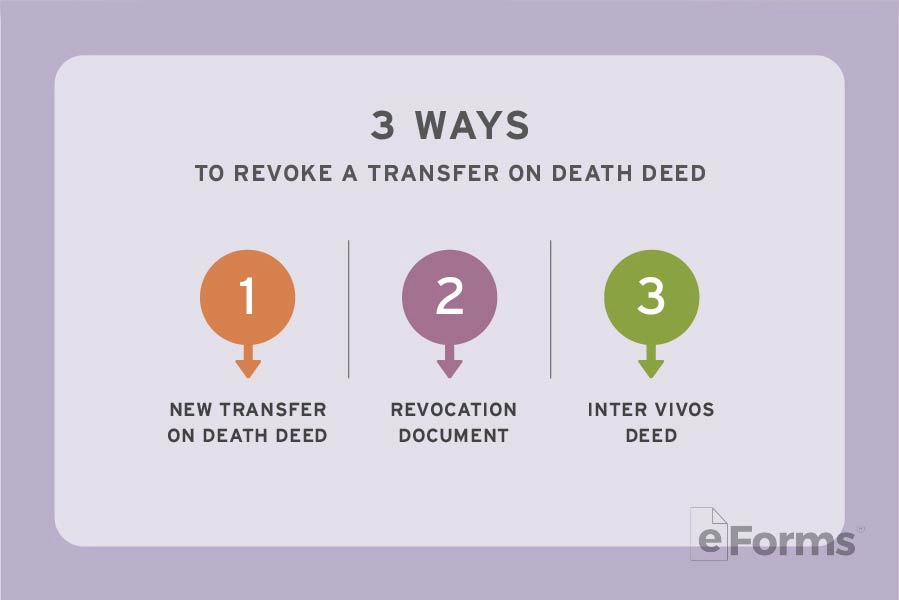Updated March 21, 2024
A Maine transfer on death deed authorizes a grantor to convey property to a beneficiary, effective upon the grantor’s death. This document streamlines the transferral process, allowing the beneficiary to forgo lengthy probate proceedings.
Table of Contents |
Requirements
- Notary: Required (§ 203)
- Recording: Must be recorded in the registry of deeds in the county where the property is located before the transferor’s death (§ 6-409)
- Witnesses: Not required
Legal Description
A transfer on death deed must contain a legal description of the property. A legal description specifies the plot’s exact location and boundaries using cardinal directions, distances from key landmarks, block numbers, and other unique identifiers.
To find a legal description, reference property tax statements or the current deed. The registry of deeds can also offer this information.
Example
“Beginning at an iron pin found in the ground on the assumed easterly side of Masumuck Road at the northerly corner of land now or formerly of Johnathon F. Mathers (20035/120)…”
Revocation

Property owners can revoke a transfer on death deed using one of three documents (§ 6-411):
- A new transfer on death deed that revokes the previous TOD deed, either expressly or by inconsistency; or
- A revocation form that expressly revokes the TOD deed (§ 6-418); or
- An inter vivos deed that expressly revokes the TOD deed.
These documents must be notarized and recorded by the registry of deeds in the county where the property is located before the transferor’s death.
Where to Record
After the transfer on death deed has been completed and notarized, it must be recorded by the registry of deeds in the county where the property is located.
Specific instructions and recording fees vary by county.


